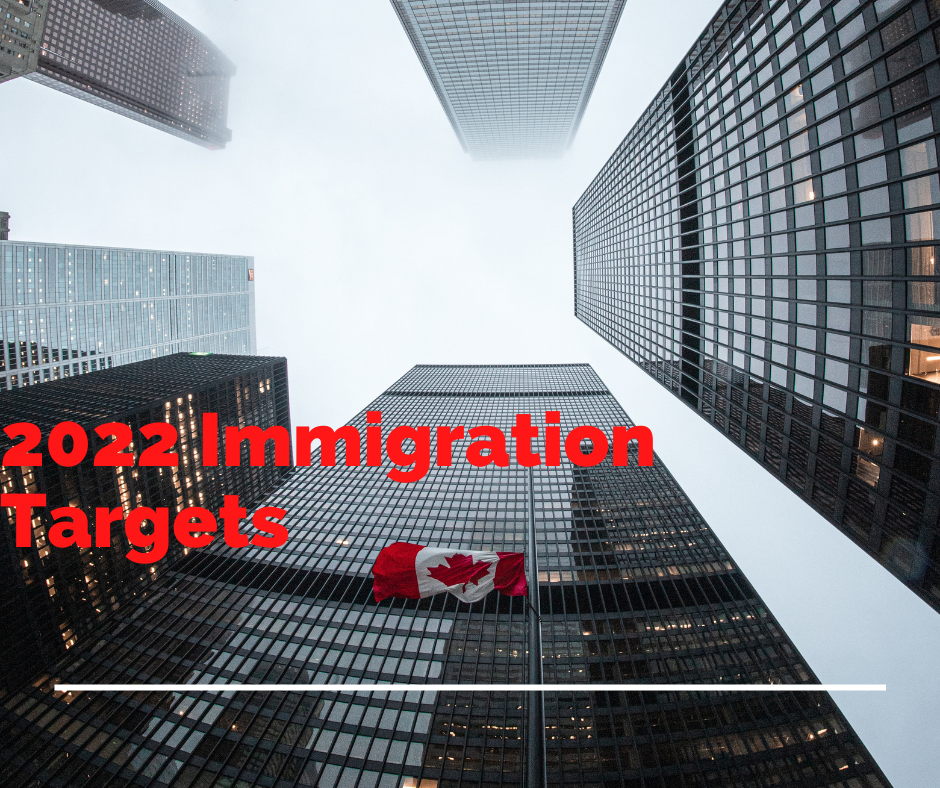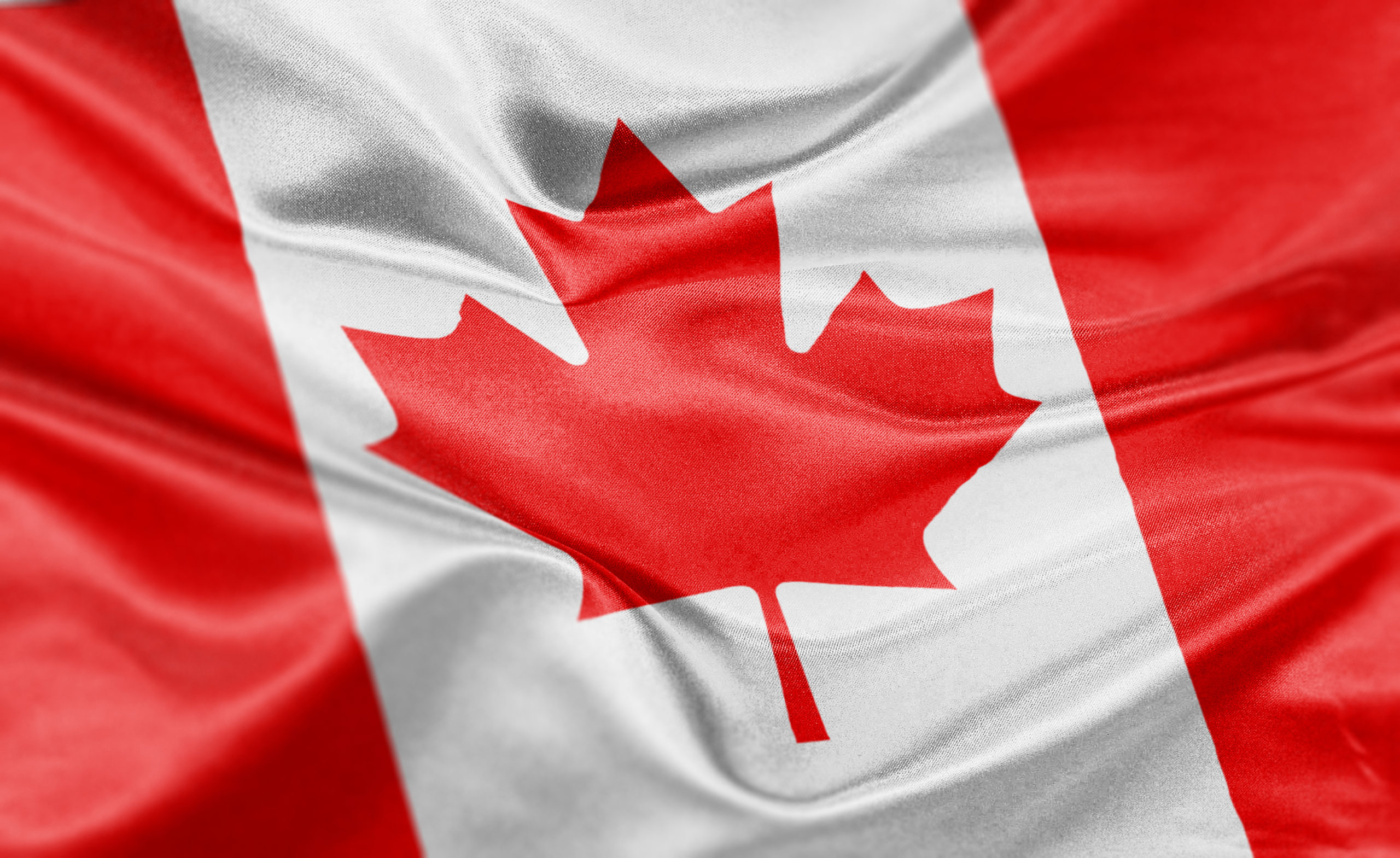
2020 presented an array of challenges for those trying to immigrate to Canada. Travel restrictions and lockdowns which caused losses in the job market forced many to stay put.
Recent studies have shown that population growth rates dropped as low as they were during World War I. Immigration makes up a large portion of Canada’s population growth, as it is currently facing an aging population and low birth rates. The population only grew by 0.4 per cent last year, making that the lowest rate since 1916.
With the COVID-19 pandemic, the death rate also increased, surpassing 300,000 deaths in the year. Immigration also dropped to its lowest rate in over 2 decades. However, the government of Canada is taking measures to rectify this. The first is the plan to amp up the number of immigrants the country accepts between 2021 and 2023. The government hopes to accept 401,000 newcomers this year, and increase that number by 10,000 until 2023.
Immigration, Refugees and Citizenship Canada (IRCC) also recognizes that the pandemic has caused quite a backlog in the system. Immigrants who were granted a Certification of Permanent Residence (COPR) since March 18th, 2020 have not been able to gain entry into Canada due to travel restrictions. This and a number of other pandemic regulations have made wait and processing times much longer than usual.
Members of Parliament have pointed out that leaving these immigration candidates hanging only further hurts Canada. In order to reach the target goal of 401,000 new residents, more should be done to shorten wait times and welcome newcomers into the country sooner.
IRCC has published an amended list of processing times during the pandemic in the meanwhile. IRCC says it is prioritizing processing permanent residence applications. On their website, they announced that they have almost completed applications from 10 months ago.
Anyone applying for their PR card is advised to refer to the online status tool for updates on their application status. New PR cards are currently taking about 125 days to be processed, while renewals are at about 80 days.
For citizenship, those who have received an AOR letter between March 31 and April 6 2019 are expected to be finalized soon. Those without an AOR letter and who applied the week of January 21, 2021 can expect a letter soon. For Proof of Citizenship, processing time is around 5 months.
For more expected wait times, you can visit the IRCC website.
In other news, IRCC is testing a new tool which should be able to help immigrants choose the best place in Canada to settle. The majority of immigrants gravitate towards Canada’s larger cities like Toronto, Vancouver and Montreal.
The tool helps locate communities with job opportunities that match the candidates own experience and skill level. The tool also uses an algorithm of historical data documenting how successful similar candidates have been in certain geographical areas. It takes into account how likely candidates are to find a potential job offer in an area and will hopefully bring more immigrants to rural or smaller cities.
So far, Canada’s immigration numbers seem to be on the track towards its 2021 goal. With these and more measures in place, IRCC and the government of Canada could turn declining population numbers around.








